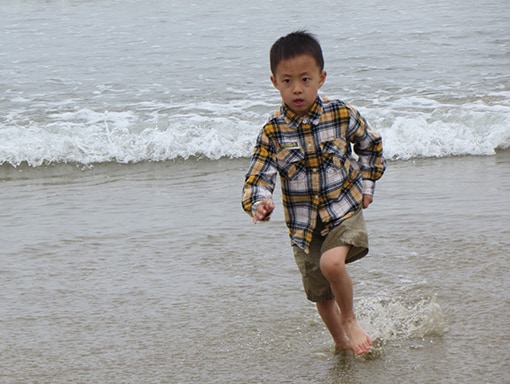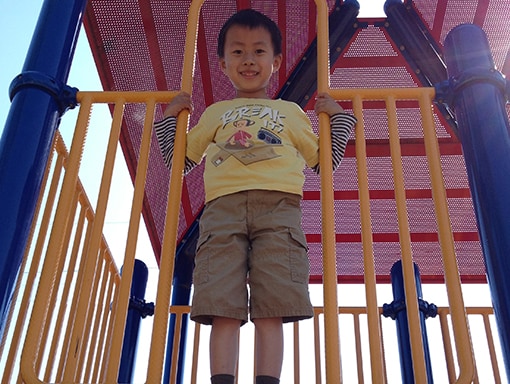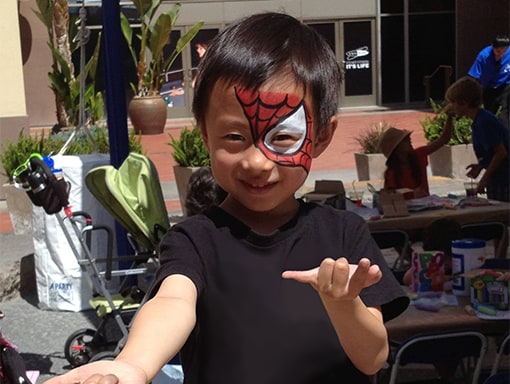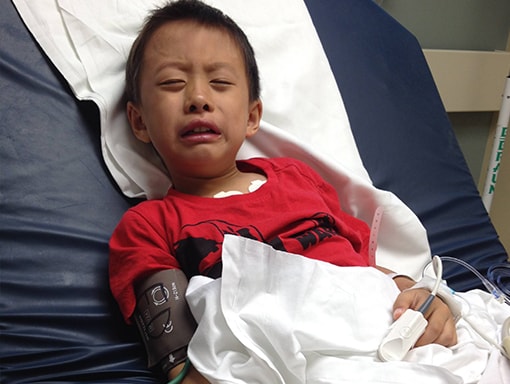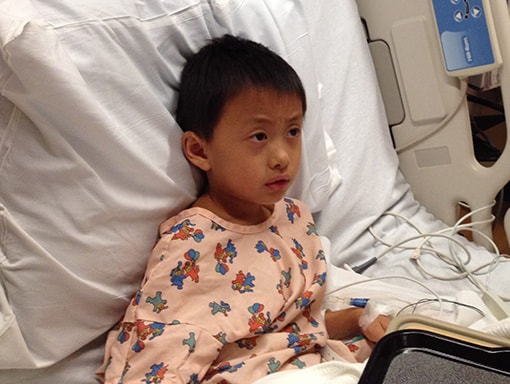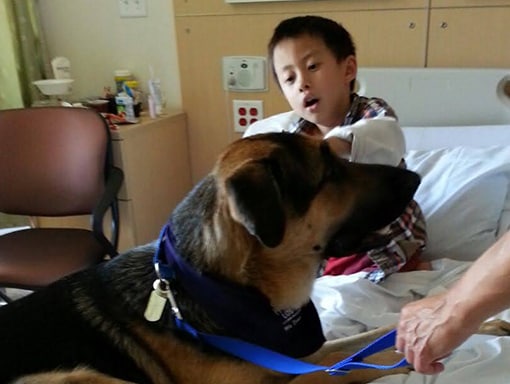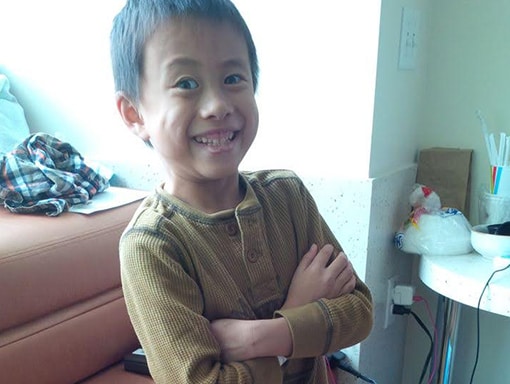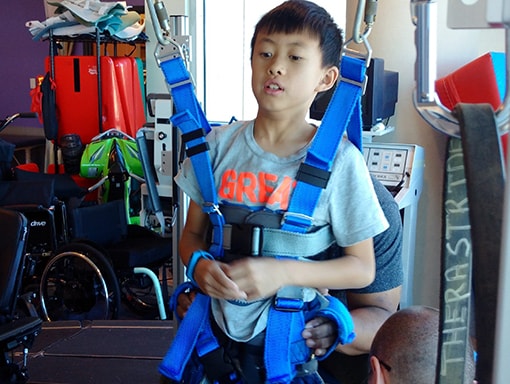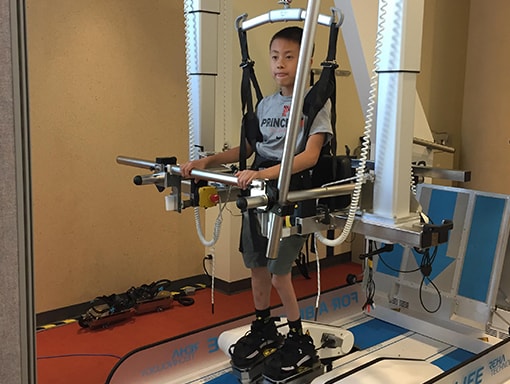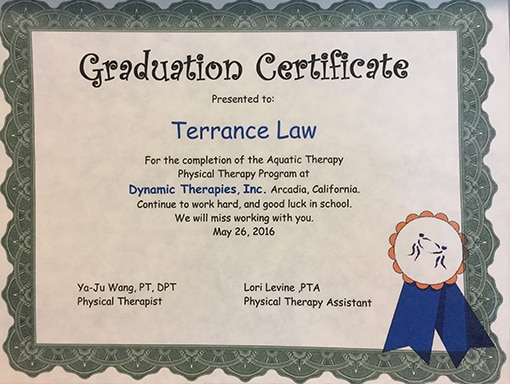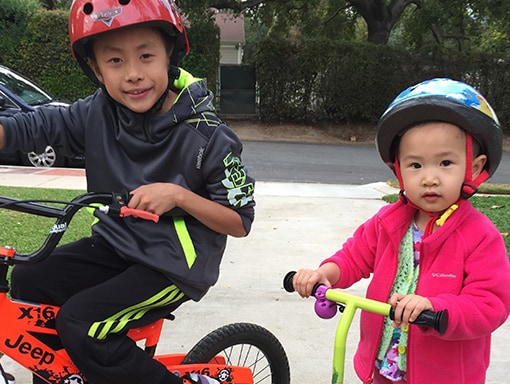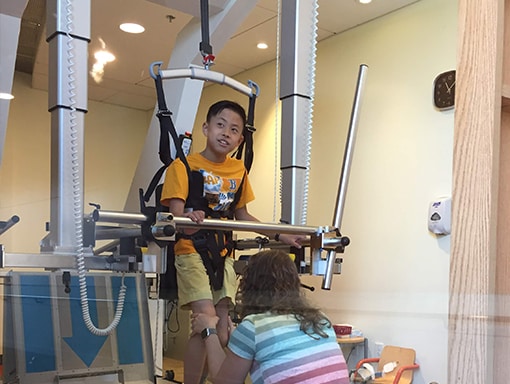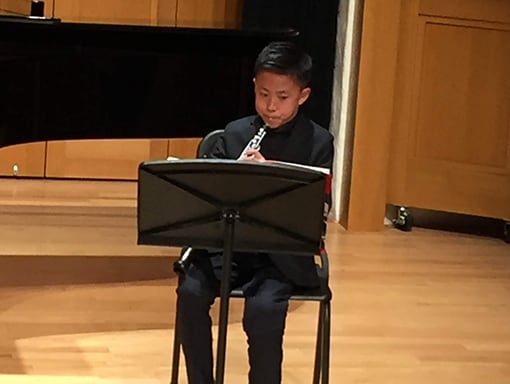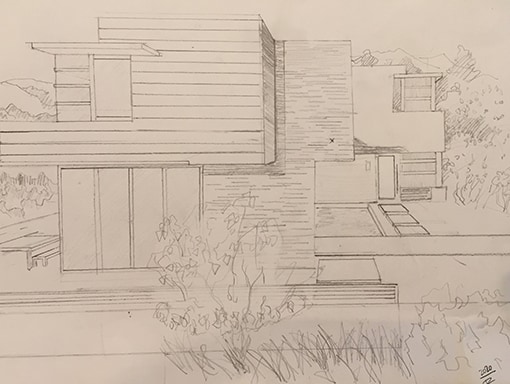Terrance’s Story
Terrance is a 12-year-old living in San Gabriel, California with his little sister and his parents Vivien and Daniel. During the first AFM outbreak in 2014, Terrance developed paralysis in his left leg. He’s doing well today and continues to make progress.
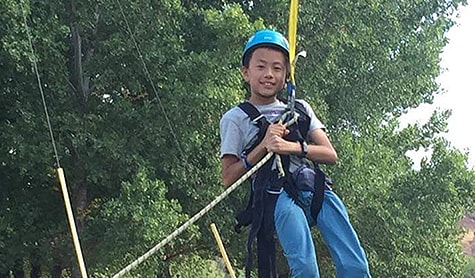
In August of 2014, soon after the new school year started, 6-year-old Terrance told his mom about mild pain that started in his neck and travelled down to the top of his left leg. A couple of days later, he came home from school with a fever and flu-like symptoms. A few days after that he woke up and couldn’t control his left thigh. His parents brought him to the pediatrician, who ordered an x-ray. The x-ray didn’t show any issues, so Terrance and his family went to the ER. At the ER, the doctor ordered an MRI and CT scan and found the results concerning. She transferred Terrance to a children’s hospital.
At the hospital, doctors diagnosed Terrance with acute flaccid paralysis (AFP). Later in 2014, the term AFM was introduced to identify the specific type of paralysis that patients like Terrance had. The doctors began intravenous immunoglobulin (IVIG), as well as a course of an investigational drug called pocapavir. An MRI showed only Terrance’s left leg was affected, though he did feel some tingling in his right leg. Terrance began physical therapy and started using a walker. While Terrance was in the hospital, Vivien gave birth to Terrance’s baby sister at another hospital. Daniel shuttled back and forth between them. After 18 days, Terrance was ready to head home.
Terrance continued physical therapy, went to acupuncture sessions, and did exercises at home. Facing the challenges of AFM as well as caring for a new baby was stressful for the whole family. Daniel remembers holding his baby in one hand while reading AFM-related research papers on his phone with the other. Terrance was frustrated that he couldn’t keep up with his friends or run laps, and that therapy took up much of his free time. But Terrance and his family learned how to adapt to these challenges and others that AFM brought to their lives.
Terrance is continuing to make progress. He wears a leg brace, which helps him walk, and he continues his therapy exercises. He enjoys basketball, video games, and playing oboe in his school band. He is interested in architecture and interior design, and he’s excited about a coding class he started recently.
“Reach out and find support. When Terrance was first sick, there was little awareness of AFM and not much information available. Fortunately, now there are more resources out there and other families to learn from. Expand your search to learn about different opportunities.”
“Begin intensive therapy as soon as you can. One or two years after Terrance got sick, we learned about the Siegel Rare Neuroimmune Association (SRNA). We were grateful to get to know Dr. Siegel and meet some other families that were affected by AFM and transverse myelitis. We learned a lot from them, including the importance of early, intensive therapy.”
“To parents, I’d say, ‘Don’t stress out the kid too much.’ And for other kids, I’d say try not to think about it too much. Have fun. Don’t let it bother you too much.”
